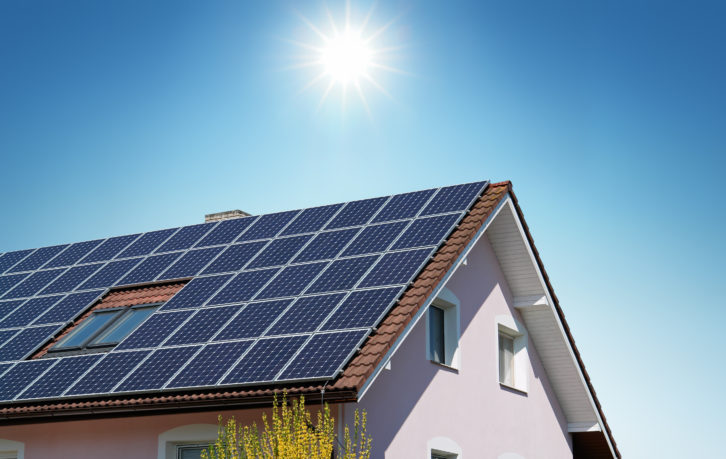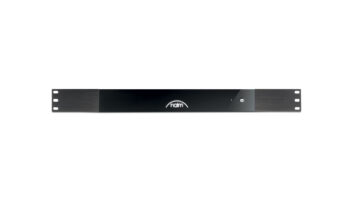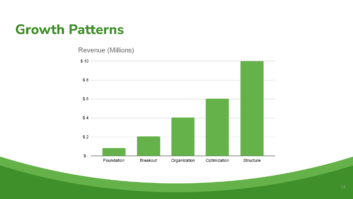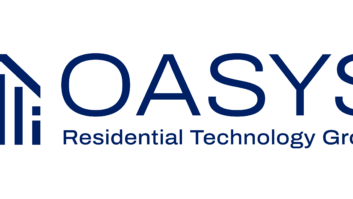The clean energy provisions in the U.S. Inflation Reduction Act of 2022 (H.R. 5376) will have a lasting impact on the home technology market.
The bill includes $369 billion in climate and energy provisions, which is the biggest investment in clean energy in U.S. history. Additionally, it is the first bill to tackle climate change since the American Reinvestment and Recovery Act (ARRA) of 2008, which included $92 billion for renewable energy technologies. There is no better time for U.S. consumers to invest in solar, battery, and alternative energy solutions, and, as they look to do so, they will need consulting, design, installation, and educations services that residential technology integrators provide.

The new bill includes $80 billion in new rebates allocated to eligible households for electric vehicles and residential building decarbonization. It also includes $9 billion in home energy rebate programs for low-income households and a 10-year consumer tax credit for other households to perform energy-efficiency retrofits such as moving away from natural gas appliances. The bill will restore a 30 percent tax credit for residential solar systems for those installed in 2022, extending the program through January 1, 2034. Leased or purchased battery storage systems will also likely qualify for a 30 percent tax credit.
The bill also supports an increase in the manufacturing of clean energy solutions to meet the new demand. There is an estimated $40 billion in investment and production tax credits to build and produce EVs, wind turbines, solar panels, and batteries, as well as to process critical minerals. An additional $22 billion is available in grants and loans to build new clean vehicle manufacturing facilities or retool existing auto factories to manufacture clean vehicles. There are many more provisions in the bill that provide funding and tax credits to clean electricity, clean electricity transmission, clean transportation, green buildings, energy efficiency, manufacturing, environmental justice, conservation, and agriculture. A thorough breakdown of the clean energy and climate provisions of the bill can be found here. The entire H.R. 5376 bill can be read here.
Related: Changing the Power Dynamic
Data from a recent report by Technavio show that the residential solar market value in the U.S. is set to grow by $5.99 billion with a compound annual growth rate (CAGR) of 10 percent from 2020 to 2025. Additionally, the U.S. solar battery market — valued at $16.9 million in 2020 — is projected to reach $37.7 million by 2030, growing at a CAGR of 8.2 percent from 2021 to 2030 according to Allied Market Research data.
Residential integrators have an opportunity to take advantage of consumer demand for renewable energy sources, management, and storage created by the new bill. Diversifying a business into new areas can be difficult, take time, and require monetary investments. Here are a few options for businesses looking to enter the renewables sector:
- Hire an electrician and/or solar specialist to design and install your customers’ new clean energy solutions. Keep in mind that one does not need a certified and bonded electrician to install solar/wind or battery because they are direct current (DC) voltage solutions, but an electrician is required to tie these into the home’s power distribution system or add in EV charging.
- Partner with a national solar and alternative energy solutions company. Refer your customers to them and just act as the “middle person.”
- Partner with a local solar specialist and local electrical contractor. Contract them directly through your business, giving you more control over your customers’ projects and outcomes.
- Work with a manufacturer that specializes in power management and energy storage solutions for the home that will install the equipment for you. Make sure the manufacturer will work with you and your customer to create custom solutions for their home. You might still need to partner with a solar or wind specialist to install and connect the products.
Whichever option you think might be best for your business, you can bet that the next ten years is going to be a surge in clean/alternative energy solutions for residential homes in the U.S. The technology integrator who has the experience and knowledge to help implement these solutions for their customers will generate a new stream of long-lasting revenue.







